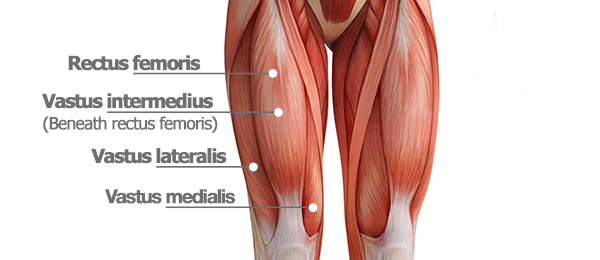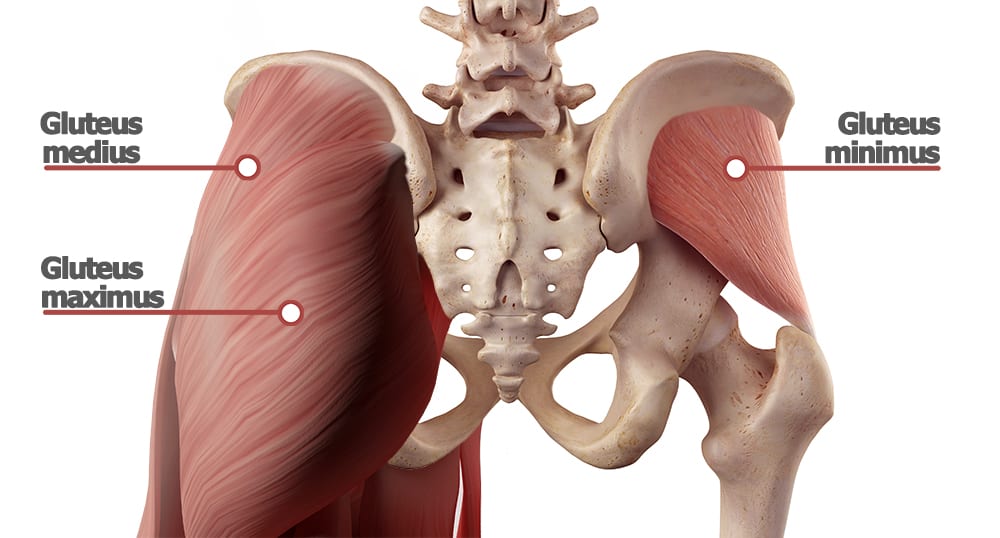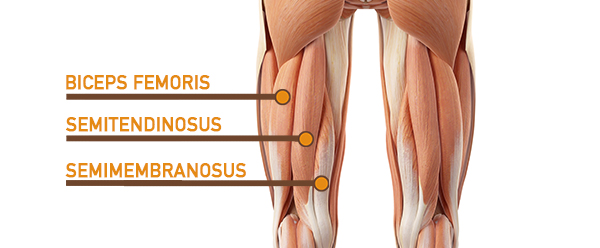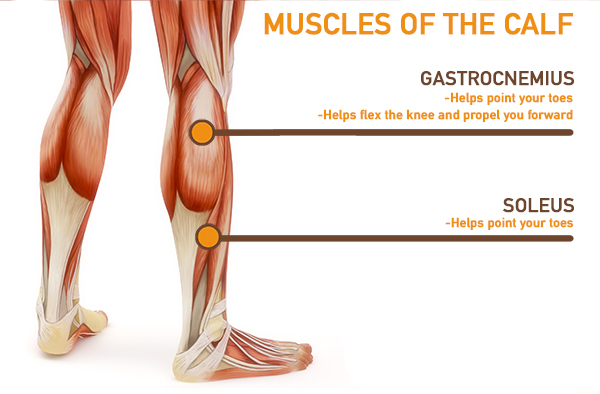If you’ve grown a little bored with your typical bodyweight workout, try taking a step back — literally — with the reverse lunge.
A twist on the classic forward lunge, the reverse lunge offers movement variety to help keep your brain engaged and your body challenged (and far away from the dreaded fitness plateau) while still providing many of the same benefits of the forward lunge, plus some unique ones.
“In addition to working just about every muscle below your waist — especially your quads — the reverse lunge can help enhance stability,” says Trevor Thieme, CSCS, Beachbody’s senior director of fitness and nutrition content.
Also, there’s inherent value in moving backward. Besides offering you the opportunity to move in a direction you may not often travel, the reverse lunge puts less stress on the joints, making it a smart alternative for people with problematic knees, hips, and ankles.
How to Do a Reverse Lunge
Program: Tough Mudder T-MINUS 30
Workout: Extreme Conditioning 1.0
- Stand with your feet hip-width apart and your hands at your sides. If you’re adding resistance, hold a pair of dumbbells at arms’ length by your sides.
- Keeping your chest up, back flat, shoulders back, and core engaged, take a large step back with your right leg as you bring your right arm forward and your left arm back.
- Lower your body until your left thigh is parallel with the floor. Your knees should be bent about 90 degrees, with the right knee hovering a couple of inches above the ground.
- Pause, and then push off your back foot to return to the starting position.
- Perform equal reps on both sides.
What Muscles Does the Reverse Lunge Target?
While the reverse lunge will fire up your core, it’s primarily a lower body-strengthening exercise that targets the quads and glutes while also engaging a handful of other muscles below the waist.
Quadriceps
Located on the front of your thighs, the quadriceps are comprised of four muscles — the rectus femoris, the vastus intermedius, the vastus lateralis, and the vastus medialis — that work together to extend your knee.
Glutes
Beyond giving you a shapely profile, your butt muscles, aka your “glutes,” play a key role in hip extension, pelvic stabilization, leg rotation, and leg abduction (lifting out to the side).
The three muscles that make up the glutes are the gluteus maximus, the gluteus medius, and the gluteus minimus.
Hamstrings
The hamstring muscle group is found on the backs of your thighs below your glutes. They’re responsible for bending your knees, and also help extend your hips and rotate your legs inward and outward.
Adductors
The adductors run along your inner thighs and draw your legs toward your body’s midline.
Calves
Found on the backs of your lower legs, the two muscles that comprise your calves — the soleus and gastrocnemius — are responsible for pushing your foot downward (plantar flexion).
How to Make the Reverse Lunge Harder
If you’re cranking through reverse lunges without breaking a sweat, it’s time to dial up the intensity.
- Add resistance by holding dumbbells at your sides or a weight plate or kettlebell in front of your chest.
- For an added stability challenge, try an offset reverse lunge, holding a weight in just one hand.
- Thieme also suggests experimenting with your foot placement and the direction of your reverse lunge. “Perform a crossover lunge by stepping your rear foot behind your front foot when you step backward,” he says. “Or do a reverse lunge with rotation: Hold a dumbbell in front of your chest and alternately rotate left and right in the direction of your front leg as you step back.”
- For an additional glute challenge, add a leg extension at the top of the move.
How to Make the Reverse Lunge Easier
If you find using weights too challenging, stick to just your bodyweight until you’ve built up enough strength to start adding iron.
And if you can’t drop down into a full lunge (in which both knees are bent 90 degrees) without compromising form, limit your range of motion until you can, lowering yourself just halfway or three quarters of the way down.






